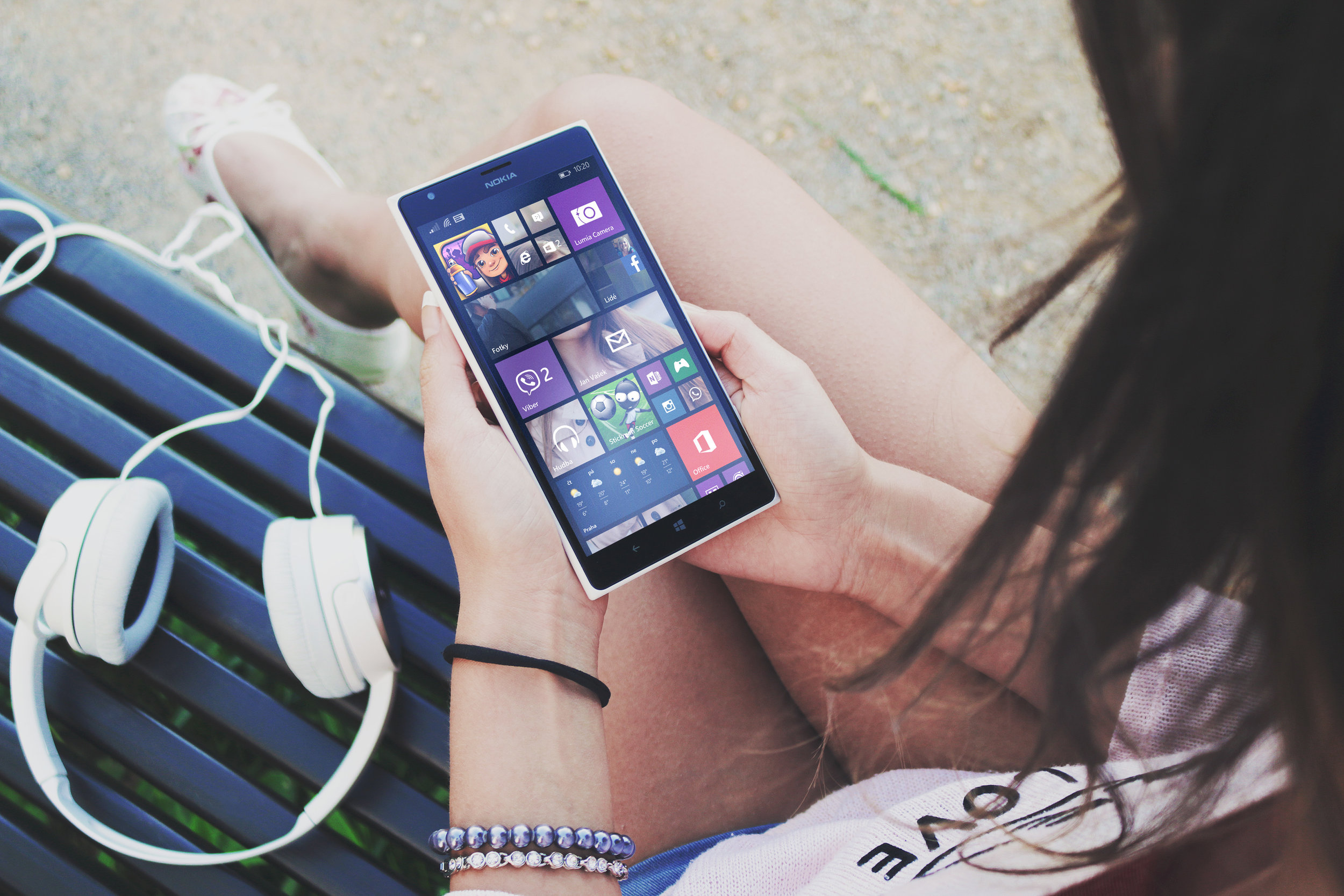We've all done it and we're all guilty of it. Enjoying and utilizing our devices. It's impossible not to these days. Whether we are expected to be on-call for our employer or we are having a rapid fire texting conversation with a friend, it's hard to distance ourselves from our ever-so-smart phones, tablets and laptops.
Honestly, it's very hard to make a case as to why we should distance ourselves from our devices. Especially when we are often rewarded for being technologically savvy; knowing how to use our devices to share or acquire information via the internet is a skill. There are millions of jobs that have been created in technology, social media and marketing because of the fast-paced internet driven world we live in. So I'm not going to tell you to put your devices down. Rather, my hope is to share with you a few ways we can use our devices to turn up the heat in our relationships!
Turn up the heat with a thoughtful message. Randomly sending your partner a quick message or leaving a voicemail lets them know that you're thinking about them. Be sure to include a specific reason..."I just heard about this awesome new exhibit and I know how much you love contemporary art. I couldn't help but think of you. Hope you're having a great day!"
Snap a photo to spark the warm and fuzzies. See a cute puppy or mural on your way to work that you know your partner would adore? Take a quick photo and send it to them to let them know they're in your thoughts. Just be careful to hold off while driving!
Speak their language. Is your partner an avid baseball fan? Find out when his or her team is playing and check the score midway through the game. Shoot your partner a text letting them know you're glad their team is up by 4 or you're sorry their boys are getting slammed, will certainly catch their attention.
Reminisce about the early days. One of the greatest features about our devices is that they are capable of backing up and storing our messages (if we want them to). If possible, upload your message history and revisit a time when you and your partner did not know each other as well. Print out a segment of your messages and read through them together. It will be a nice surprise and you can share your reactions about what you were like back then. **If you don't have a history of messages or emails, simply share a memory of how you experienced one another during courtship.
Anticipate their company. Let your partner know you are looking forward to seeing them later (or whenever you expect to see them next). This builds anticipation for you and them, which will make reuniting feel that much more exciting.
There are plenty of ways to use our devices to spark excitement and rev up the romance in our relationships. A little bit of mindfulness can go a long way when it comes to the way we text/call/beep/or snap. Having a tough time remembering to message your sweetie? Try setting a reminder on your device or marking your calendar to use one of these tips!

































